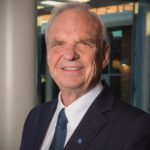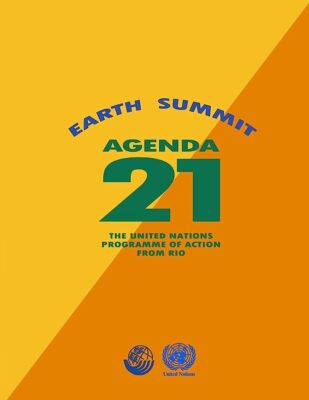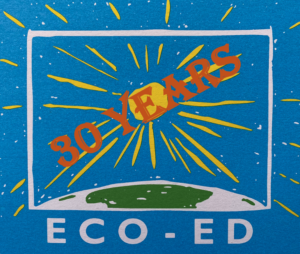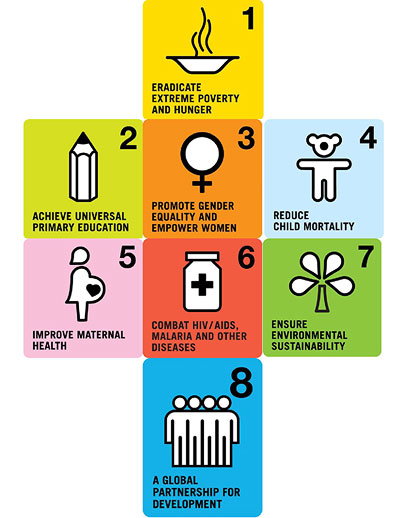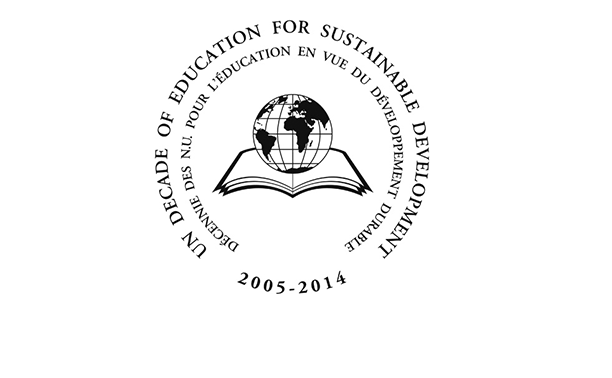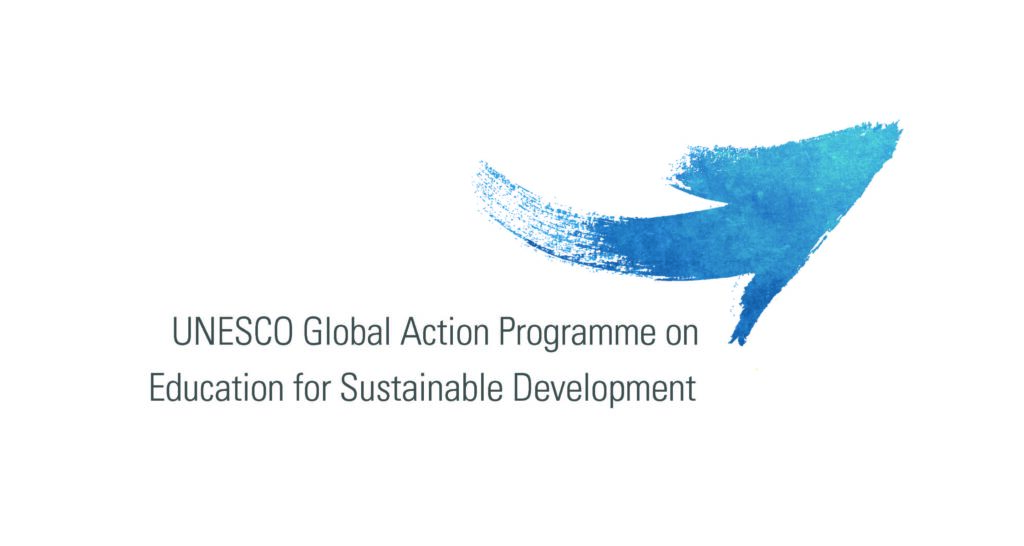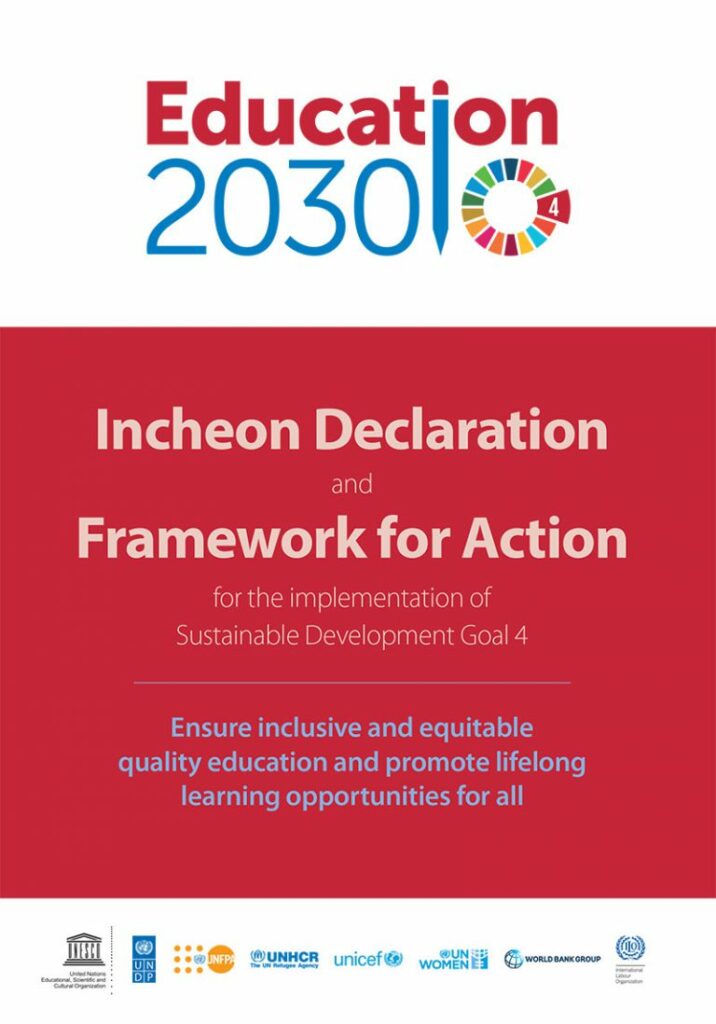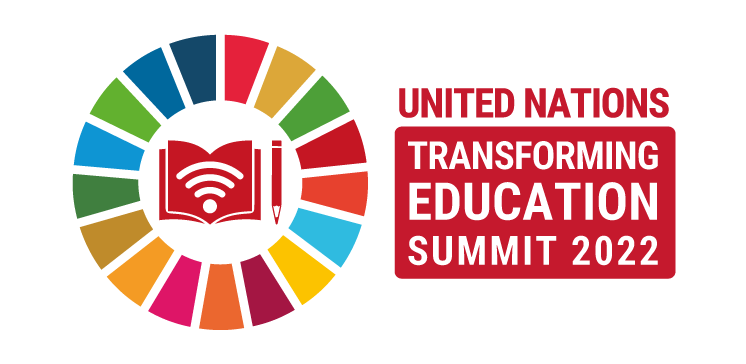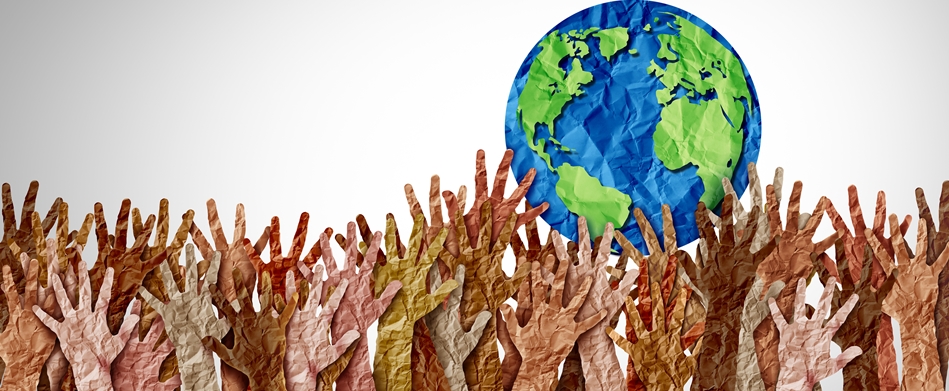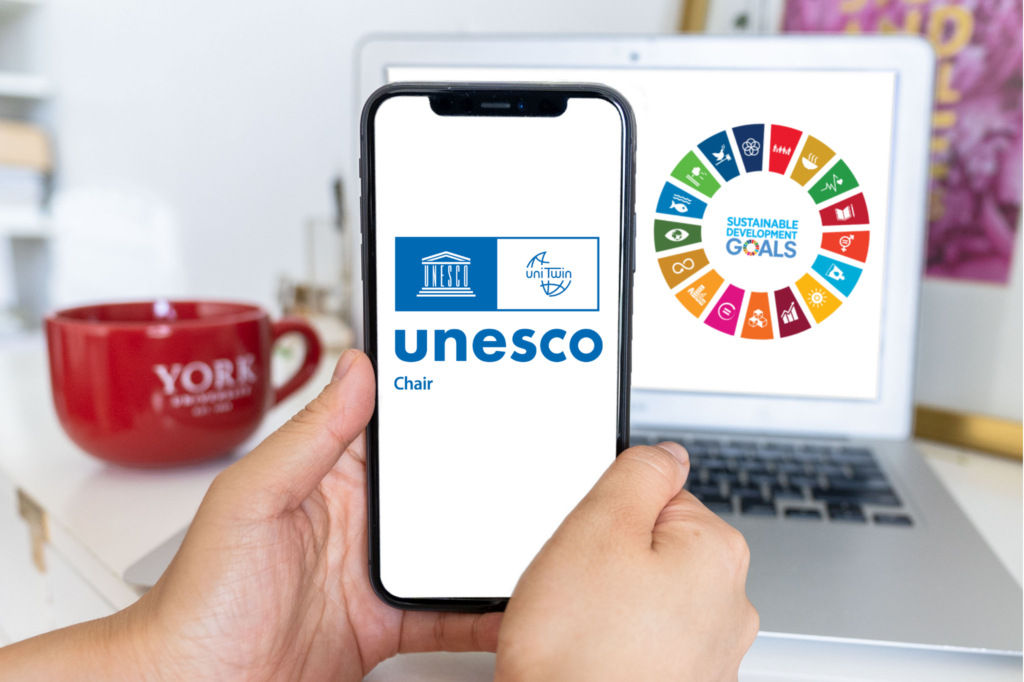Our Chairholder, Charles Hopkins, has been a strong promoter of Education for Sustainable Development (ESD) since its early beginnings. Often referred to as the Keeper of the Story, he began his sustainability involvement by presenting to the Brundtland Commission in 1986. During their global search for a new development paradigm to go beyond the dominant focus of economic progress, Hopkins became part of the global discourse on what was needed to ensure economic progress yet alleviate social inequalities and protect natural resources. It soon became very clear that education and science had important roles to play if societies were to change their understanding of development and become willing to accept more just, equitable, and sustainable approaches. ESD was created in the early 1990s to foster the implementation of sustainable development through education, training, and public understanding.
The UNESCO Chair at York University, launched in 1999, was the first of its kind in the field of ESD, and the Chair’s involvement in seminal decisions in the global evolution of ESD continues.
Today we understand that “ESD empowers learners with knowledge, skills, values and attitudes to take informed decisions and make responsible actions for environmental integrity, economic viability and a just society empowering people of all genders, for present and future generations, while respecting cultural diversity. ESD is a lifelong learning process and an integral part of quality education that enhances cognitive, social and emotional and behavioural dimensions of learning. It is holistic and transformational and encompasses learning content and outcomes, pedagogy and the learning environment itself. ESD is recognized as a key enabler of all SDGs and achieves its purpose by transforming society." (UNESCO, 2020, p. 8)
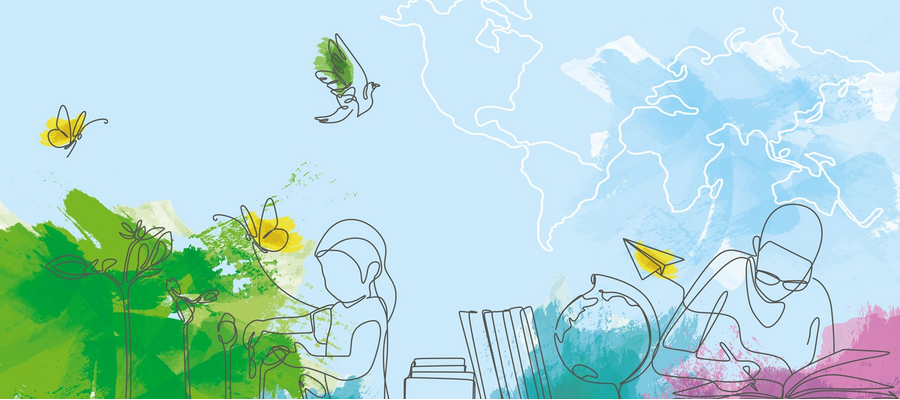
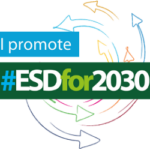
Much has been written about the relationships between sustainable development, quality education, and ESD. Some of the key highlights in the history and evolution of ESD are:
In 1992, education, public awareness, and training were collectively recognized as crucial means of implementing sustainable development and were specifically identified in Chapter 36 “Promoting Education, Public Awareness & Training" of Agenda 21, the first global action plan to implement sustainable development. Member states adopted the plan during the United Nations Conference on Environment and Development (UNCED), also known as the ‘Rio Earth Summit’. Subsequently, the UN Commission on Sustainable Development tasked UNESCO to act as the lead agency (‘task manager’) for the implementation of Chapter 36.
During the 1990s UNESCO in collaboration with other UN agencies and international NGOs developed the first conceptual framework of ESD. This is when the UNESCO experts made the important decision to refrain from creating another education discipline/disciplinary education concept. They aimed to reorient the purpose of existing education, public awareness, and training systems to serve the notion sustainability.
In 1992, the World Congress for Education and Communication on Environment and Development (ECO-ED), sponsored by UNESCO, UNEP, and the International Chamber of Commerce (ICC), was held in Toronto (Canada) as the first global conference to engage education communities, NGOs, communication systems, and governments with Agenda 21 in general and more specifically to implement Chapter 36.
In 1994, recognizing the enormity of education changes necessary to prioritize sustainable development, UNESCO created the transdisciplinary project titled Environment and Population Education and Information for Human Development Project (EPD). Its members were tasked to develop the conceptual framework, mobilize resources and to initiate inter-agency co-operation. The four core ESD thrusts or spheres of engagement were identified: (1) access and retention in basic education; (2) reorienting the purpose of education towards sustainability; (3) public awareness and understanding; and (4) training.
In 1996, UNESCO published the Delors Report Learning: The Treasure Within, a major new philosophical framework addressing the four pillars of education: to know, to do, to be, and to live together. The report envisioned quality education, future-fit for the 21st century, and became a contextual framework for ESD, i.e. learning to live together ‘sustainably’.
In 1997, following the Thessaloniki Conference (Greece), the official name became Education for Sustainable Development (ESD), acknowledged by UNESCO. The concept of ESD as Education for Sustainable Development rather than only about Sustainable Development was also affirmed by UNESCO.
In 1999, the first UNESCO Chair in ESD under the title UNESCO Chair in Reorienting Teacher Education towards Sustainability was established at York University in Toronto, Canada with a purpose of engaging teacher education institutions globally in reorienting education towards sustainability.
In 2000, the International Network of Teacher Education Institutions (INTEI) was created and has since then been hosted at York University´s UNESCO Chair in Reorienting (Teacher) Education towards Sustainability.
In 2000, the new global and UN-wide action plan, replacing Agenda 21 under the title Millennium Development Goals (MDGs) (2000-2015) with education in Goal 2 was adopted. UN members states agreed to choose the existing education framework Education for All, created in 1991 and delivered under the leadership of UNESCO with an annual monitoring instrument, to support the MDGs in their global sustainability efforts.
In 2002, at the World Conference on Sustainable Development in Johannesburg (South Africa), marking the 10th anniversary of the Earth Summit in Rio (Brazil), member states initiated a UN-system-wide Decade on Education for Sustainable Development (UNDESD) to raise ESD awareness and expertise in formal and non-formal education and among the general public.
In 2005, the UN Decade on Education for Sustainable Development (2005-2014) was launched. UNESCO published the Guidelines and Recommendations for Reorienting Teacher Education to address Sustainability, developed by the York UNESCO Chair in collaboration with INTEI members from 28 countries, to promote the importance of teacher education in advancing ESD.
In 2006, UNESCO released the International Implementation Scheme and Framework after extensive consultations with UN agencies, national governments, civil society organizations and NGOs, experts and specialists to further support the implementation of ESD at all levels of formal education.
In 2009, member states renewed their commitment to the UNDESD with the Bonn Declaration during the UNESCO World Conference on Education for Sustainable Development. York’s UNESCO Chairholder Charles Hopkins chaired the writing of the Declaration.
In 2012, the United Nations Conference on Sustainable Development (Rio +20) urged to further include ESD in global education efforts beyond the UNDESD. Following the Rio+20 Conference and the Future We Want Declaration, discussions began for a follow-up framework to the Millennium Development Goals and the possible new roles of ESD.
Between 2012 and 2015, the UN Secretary General Ban Ki-Moon endorsed a global education movement Global Education First Initiative (GEFI) that included global citizenship education (GCED) with 3 priorities: expanding access to education, enhancing the quality of learning, and promoting global citizenship. GCED focuses on equipping learners with the competencies, attitudes, and values necessary to be engaged and responsible within societies, a concept complementary to ESD.
In 2014, at the World Conference on Education for Sustainable Development in Japan, member states adopted the Aichi-Nagoya Declaration that – inter alia – recommended to review the purpose of education, to mainstream ESD and to include ESD in the new post-2015 development agenda. York’s UNESCO Chairholder Charles Hopkins chaired the writing of the final Declaration. During this conference, UNESCO launched the Global Action Programme on ESD (GAP), as a follow-up to the UN Decade on ESD, and focusing on creating a multi-stakeholder network of key partners beyond governments in the five priority action areas of policy, learning environments, teachers, youth, and communities.
In 2015, as the MDGs were coming to an end, a new global action plan was set to begin, and negotiations were underway. In prioritizing quality education with ESD, the World Education Forum in Incheon (South Korea) adopted the Education 2030: Incheon Declaration and Framework that led to the wording of today’s Sustainable Development Goal (SDG) 4. During this conference, member states also agreed to contribute to the Global Education Monitoring Report (GEMR) as a follow-up document to the annual Education for All Reports (2000-2015).
In 2016, the 2030 Agenda for Sustainable Development with the 17 SDGs came into effect and the first GEM Report within the framework of the SDGs focused on ESD.
Since 2017, ESD has been repeatedly recognized by the UN General Assembly as a vital means of implementation for sustainable development, an integral element of SDG 4, and a key enabler of the other 16 SDGs (UNGA 72, 222, 2017 / 74, 223, 2019 / 76, 222, 2021 / 78, 219, 2023).
By 2018, the York UNESCO Chair had expanded its mandate to address all education through research, networking, and policy advice. UNESCO acknowledged the continuous development of expertise and renamed the Chair as UNESCO Chair in Reorienting Education towards Sustainability.
In 2020, UNESCO member states unanimously adopted a new ESD for 2030 Roadmap (2020-2030), followed by the Berlin Declaration on ESD in 2021. The five GAP priority areas continue with an enhanced focus on member state involvement. The Roadmap addresses ESD’s specific role in implementing the 17 SDGs and aims to foster country specific ESD initiatives. At the global level, UNESCO established the Global ESD-Net to encourage country-led initiatives combined with broad exchange and networking between experts and stakeholders from all member countries.
In 2021, an International Commission on the Futures of Education, with input from 1 million voices from across the globe, grappled with a vision for quality education by 2050. Summarizing this conversation, UNESCO launched a new ground-breaking document: Reimagining our futures together: A new social contract for education.
In 2022, the UN Secretary-General recognized education as a crucial priority for the world recovering from the pandemic which led to the Transforming Education Summit (TES). This UN-wide event positioned education as an urgent political imperative for creating collective, just, and sustainable futures for all. One of the TES outcomes is the Greening Education Partnership, a multistakeholder approach on climate action as a specific theme within ESD and addressing the UNFCCC COP process.
In 2023, UNESCO member states unanimously adopted the revised 1974 UNESCO Recommendation concerning education for international understanding, co-operation and peace, and education relating to human rights and fundamental freedoms, a further milestone for ESD. An ESD definition as well as several intended learning outcomes were now explicitly listed. With its 4-year reporting cycle for member states, the revised Recommendation is hoped to enhance implementation and to further reconcile any perceived contradictions of ESD and global citizenship education, two concepts that this Chair has always treated as complementary and beneficial for each other.
Today, we aim towards a full implementation of SDG 4 in all education systems while unfolding the full potential of the ESD for 2030 Framework in highlighting the role of ESD for all SDGs.
For 2024 and beyond, the UNESCO Chair will continue to promote the broad understanding of the ESD concept, to contribute with research in two global networks, the longstanding INTEI and the #IndigenousESD, and to provide policy advice to education systems in Canada and beyond.
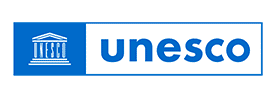
As the history of ESD continues to unfold with ESD as a mainstream concept at all levels in numerous education systems, many countries follow a strategy to further scale up ESD both in policy and practice, making sustainability a purpose in all formal education systems around the world. The current calls from the United Nations for a transformation of education and for transdisciplinary approaches, are in many ways like earlier global calls in 1992 to reorient education towards sustainability, yet now with greater urgency, enhanced effort, and more widely accepted. There is lots of reason to expect that nations will be able to realize the full potential of ESD in the years to come.


